Hundreds of bags of rubbish cleared from the Blast Beach as students learn more about the coast
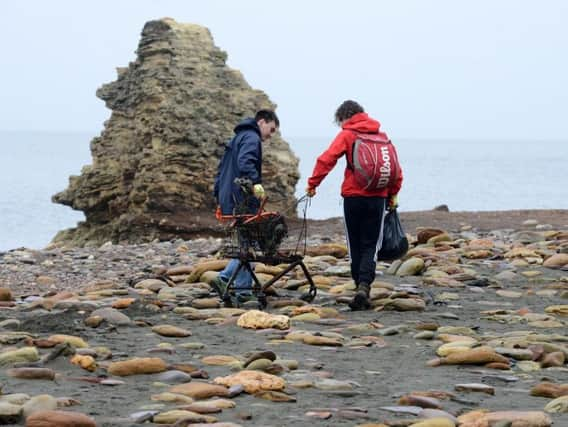

Freshers from Durham University visited Blast Beach in Dawdon, on the Heritage Coast of Sunderland, Durham and Hartlepool, this week to learn more about the area.
The 240 students, all from the geography department, met with representatives from the SeaScapes project, Heritage Coast and Groundwork North East and took the opportunity to carry out a major beach clean.
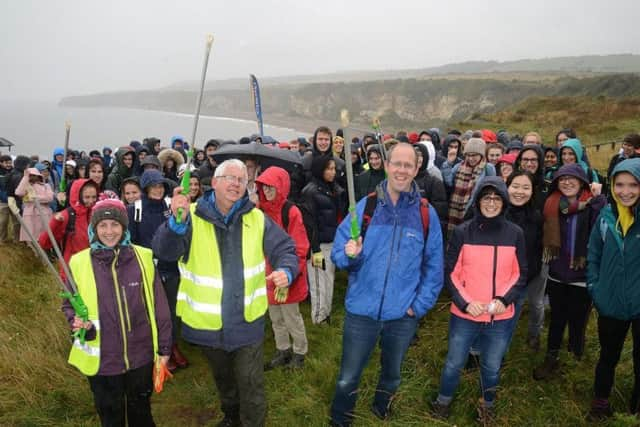

Advertisement
Hide AdAdvertisement
Hide AdIt was the first time Durham University students have taken part in an organised litter pick at the coast.
Despite the wet and cold weather conditions, they collected 366 bags of debris and one supermarket trolley, which they carried back to the cliff-top car park at Nose’s Point for collection and disposal by Durham County Council.
One of the students was Ruby Forshaw, 18, a first year studying for her Geography BA (Hons) .
Ruby said: “I’m from London, so a beach visit is rare for me."
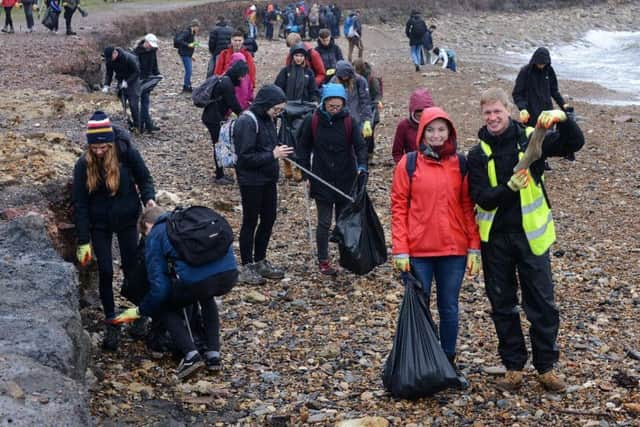

Advertisement
Hide AdAdvertisement
Hide Ad"And this is the first time for I’ve been to the North East, let alone the Heritage Coast.
“After watching clips of the beach from its coal dumping days, I was expecting a wasteland, but the work that’s been done over the years has brought about clear results.
"Even in the rain, the cliffs and the rolling sea made for a formidable sight.
“I loved the opportunity to give back to my new community and I look forward to volunteering in County Durham again.”
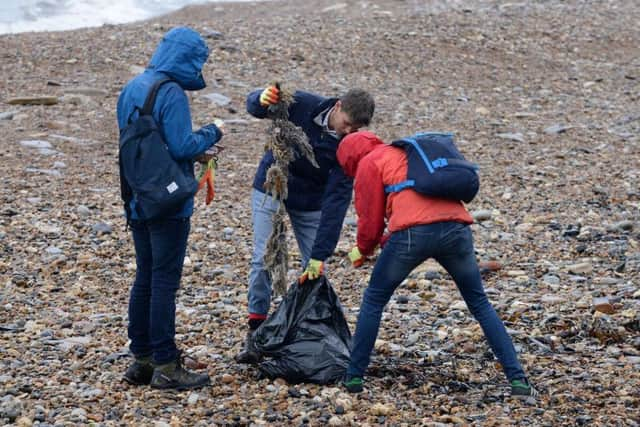

Advertisement
Hide AdAdvertisement
Hide AdLouise Harrington, Heritage Coast Beach care lead, says: “We were greatly impressed by the enthusiasm of the students. It certainly wasn’t the best day weather-wise but that didn’t put them off at all.
“Their interest in the very special geology of this area was great to hear and their help with the beach clean much appreciated.
"They left Blast Beach looking significantly cleaner than when they arrived.”
During the morning, university staff and students also learned more about the new SeaScapes project that began at the coast in January this year.
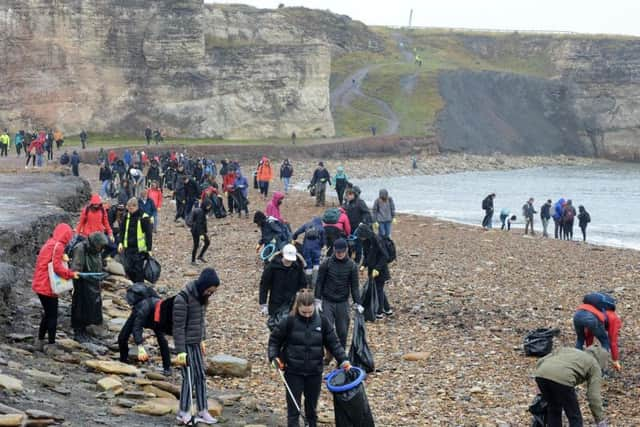

Advertisement
Hide AdAdvertisement
Hide AdMade possible thanks to £2.9 million support from the Heritage Lottery Fund’s (HLF) Landscape Partnership programme, SeaScapes is a partnership and community approach to protecting and celebrating this fascinating stretch of coastline.
It will be the first of its kind in the UK – HLF’s first marine Landscape Partnership.
As well as improving public access to beaches, SeaScapes will explore the heritage hidden beneath the waves, creating ‘snorkel safaris,’ producing a virtual reality wreck diving experience and offering opportunities for local people and visitors to enjoy being on and in the sea.
Plans also include the reintroduction of the small blue butterfly, construction of a new educational facility and the creation of a two-year trainee programme for eight individuals in natural, built and cultural heritage skills.
Advertisement
Hide AdAdvertisement
Hide AdCurrently within an 18-month development period, SeaScapes will then deliver over 30 coastal projects from South Shields to Teesmouth over the next four years.
To deliver this exciting scheme of projects, a wide range of partners have come together, led by the Heritage Coast Partnership; these include:
South Tyneside, Sunderland, Durham and Hartlepool Councils, the National Trust, Northumbrian Water, Durham Wildlife Trust, North East Inshore Fisheries and Conservation Authority, Natural England, Groundwork, Marine Management Organisation, the Environment Agency, East Durham Heritage Group, Donnison School and Durham and Newcastle Universities.
The Heritage Coast of Sunderland, Durham and Hartlepool is a wonderful mosaic of great natural, historical and geological interest, with dramatic views along the coastline and out across the North Sea, an area rich in shallow bays and headlands with yellow Magnesian Limestone cliffs.
Advertisement
Hide AdAdvertisement
Hide AdIt encompasses some of the most dramatic coastline in the North, with a rich shoreline worthy of the highest status nature conservation designations, notably home each May to a breeding colony of Little Terns, one of Britain’s rarest sea birds.
For more information, visit www.durhamheritagecoast.org.